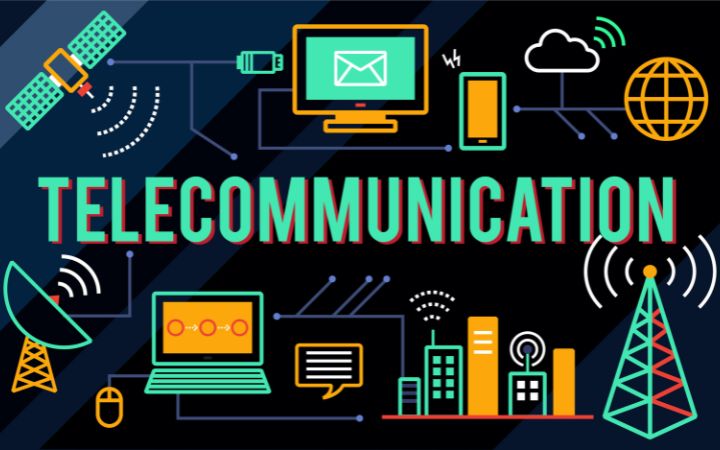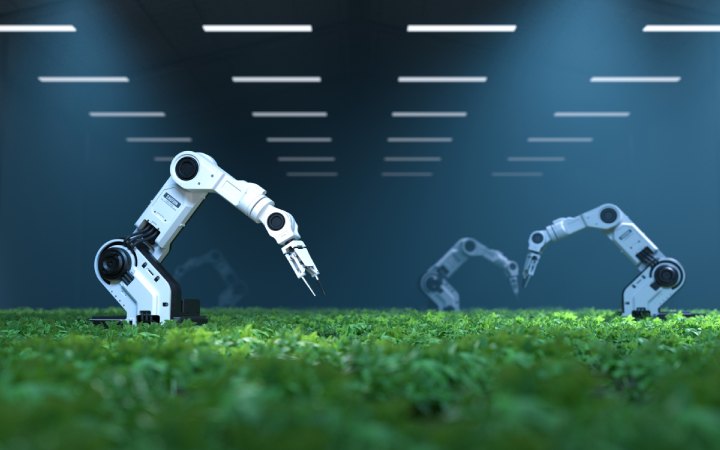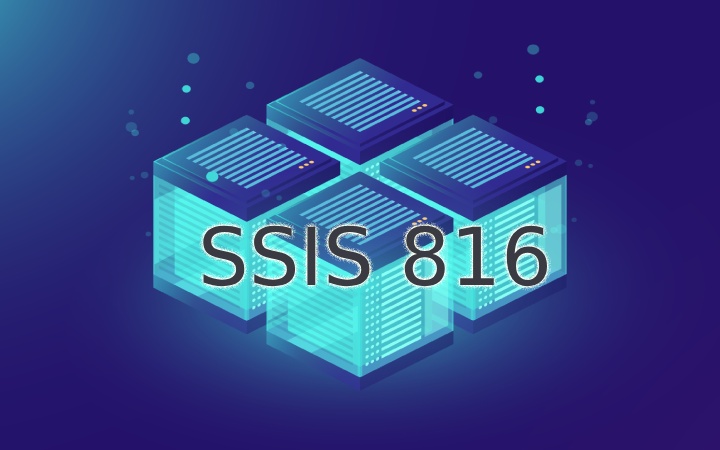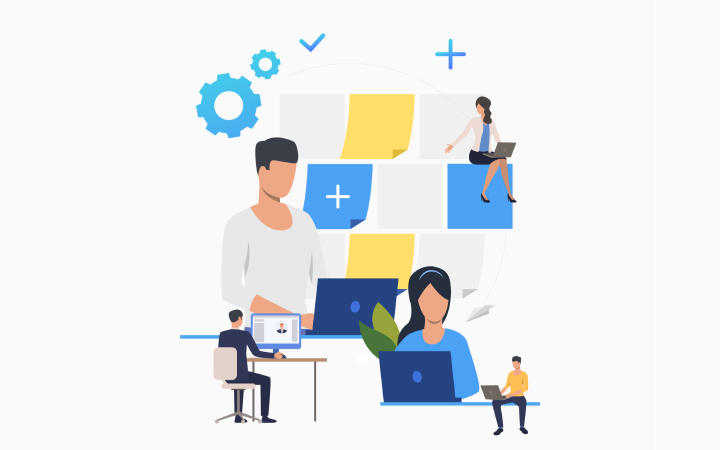How Artificial Intelligence Could Change The Way Of Learning In The Classroom Of The Future

In the last decade, Artificial Intelligence (AI) has revolutionized numerous aspects of our lives and the way we interact with technology. The training, learning, and formal education sector is predominantly permeable to the new digital trends that are appearing. And it was not going to be less with the advances and development of Artificial Intelligence. The impact is currently occurring, and the consequences are yet to be seen. However, what is to come may be of great significance and have a significant impact on learning processes, the work of teachers, and training in general.
Integrating Artificial Intelligence into the classroom of the future has the potential to transform the way students learn ultimately, and teachers teach. The transformation process will be a reality in the not-too-distant future, and, in fact, this process is already taking its first steps. Artificial Intelligence will alter the dynamics of learning in classrooms, providing a more personalized, efficient, and interactive educational experience.
It promises personalization, interaction, and data analysis in the classroom, but it also raises questions and challenges. We address all these issues and how Artificial Intelligence could change the way of learning in the classroom of the future in this article.
AI Education And Development: A World Of Possibilities
The advance of Artificial Intelligence offers tools that, without having been developed expressly for the educational sector, have found application in training and learning and have become beneficial applications in the classroom. This is the case of subtitling videos or translating text to speech.
The application of Artificial Intelligence in the classroom has multiple applications today and will be expanded in the future. They are categories or areas that are related. Let’s look at some educational areas in which artificial Intelligence can expand:
- In education management, through systems that automate management. This is the case of chatbots that provide information or are capable of answering questions and providing feedback to a conversation.
- In the teaching and learning of students and their evaluation. For example, intelligent tutoring systems that some online learning platforms include, or applications for learning languages with AI support, through voice reading of texts in the language being learned.
- In aid of the work of teachers. Some AI-based assistants help mark closed-ended exams.
- In the possibility of personalizing the teaching and learning of students. Artificial Intelligence allows the student to have a space in which they are permanently assisted in resolving doubts, in guiding the training, or where information is offered about the progress of learning.
On the part of the teaching profession, the need for teachers to develop skills based on the use of artificial Intelligence is already included in the framework of reference on teaching digital competence. This document indicates that teachers must know how the different tools work, in what regulatory framework they are inserted, what implications in the field of ethics and pedagogy have, and what are the most appropriate ways to use them.
Challenges That AI Presents In The Future Of Education
The process of including Artificial Intelligence instruments in the educational field also presents a series of challenges and limitations that must be addressed.
Like any new, disruptive tool that alters the ways of learning, Artificial Intelligence can be a great unknown for teachers and students to take advantage of. It is essential, for their use to be profitable, that these tools be known in depth to use them correctly, with judgment, and with responsibility.
This is the case of one of the best-known Artificial Intelligence tools: ChatGPT. The uses of the new tool are multiple for teachers and students. Still, it requires appropriate and ethical use so as not to reverse the proper function of education and not to undermine the critical and reflective spirit of the students. If you want to know what ChatGPT is, in this article on the Bilib blog, we tell you much more: Discover what ChatGPT is and how to use Chat GPT, the technology that is going to revolutionize the world.
In this sense, the European Commission has published the document Ethical Guidelines on the Use of Artificial Intelligence (AI) and Data in Education and Training for Educators. This document, intended for teachers, defines concepts related to artificial Intelligence and offers advice and practical cases of application of these tools in education.
The application of tools based on Artificial Intelligence can alter the most romantic or primary function of teachers. In this way, teaching teams may no longer have hegemony of knowledge and may have a profile of facilitator or mediator.
Another challenge that education faces in the implementation of Artificial Intelligence in the classroom is that of the digital divide. Equality in access to AI tools must be guaranteed, and opportunities for their use and knowledge must be equal. Students must be able to know and learn the skills derived from the use of Artificial Intelligence without distinctions.
Applications Of Artificial Intelligence In The Classroom
As in any field or sector, Artificial Intelligence in education automates and simplifies the educational process, reduces time, improves operability, and makes learning obtain better results for students. Let’s look at some present and future ways of applying Artificial Intelligence in the classroom.
Virtual Teachers
As we pointed out, Artificial Intelligence makes it possible to serve students virtually through chats. It allows you to solve repetitive problems posed by students and also address recurring tasks. This allows time to be reduced and the model of education and transmission of knowledge from teachers to students to be much more efficient.
Continuous Training
Artificial Intelligence represents a form of continuous learning for teachers so that they can improve their digital competencies and teaching skills permanently. Education and the resources and tools available to teachers evolve at great speed, so being constantly up to date with these advances can be a real challenge for education professionals. Artificial Intelligence makes this updating of teachers possible.
Selection Of New Themes
If it is not updated and adapted to the new topics of interest in the sector, education can be left behind. The study topics must be permanently updated, and Artificial Intelligence can be helpful in this task.
It allows you to reach those topics of particular relevance for students and locate those areas in which you need to reinforce.
Adapted Learning
One of the premises of education is that each student learns at their own pace and has different skills that make their way of learning move at different speeds than the rest. Each student is unique, so adapting learning to each one is essential. Artificial Intelligence has a lot to contribute to this task, capable of generating an educational process and resources adapted to each student according to their pace and needs.
Thus, personalized processes can be created that are accessible to those students who have different realities and different rhythms.
Effective Evaluation
Artificial Intelligence can improve times with applications capable of correcting and evaluating student work, which reduces time and improves the effectiveness of the evaluation. In addition, it allows us to know more precisely what each student is like and how they behave in the learning process in order to apply an evaluation based on their work.
Also Read:






